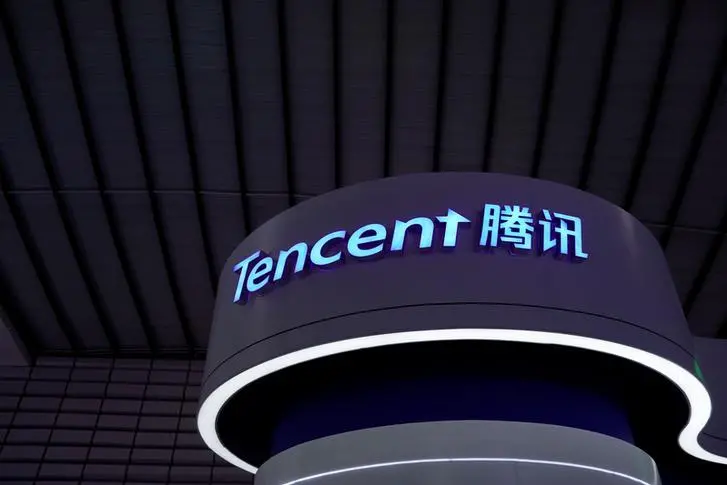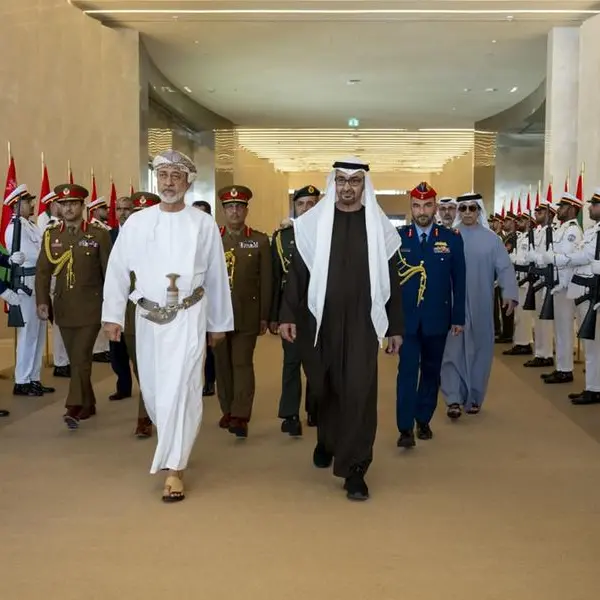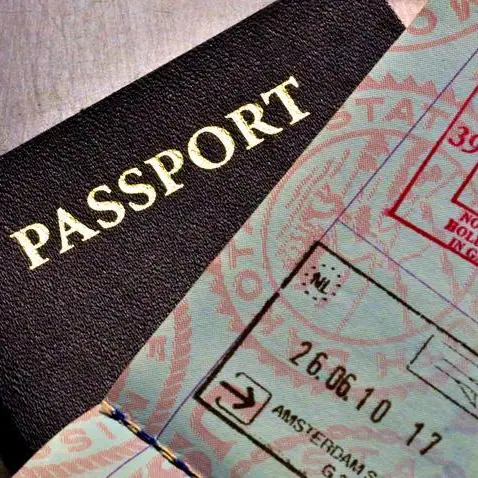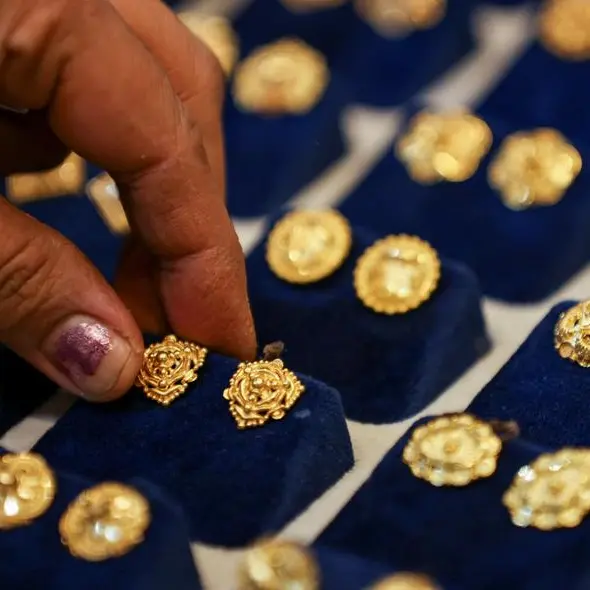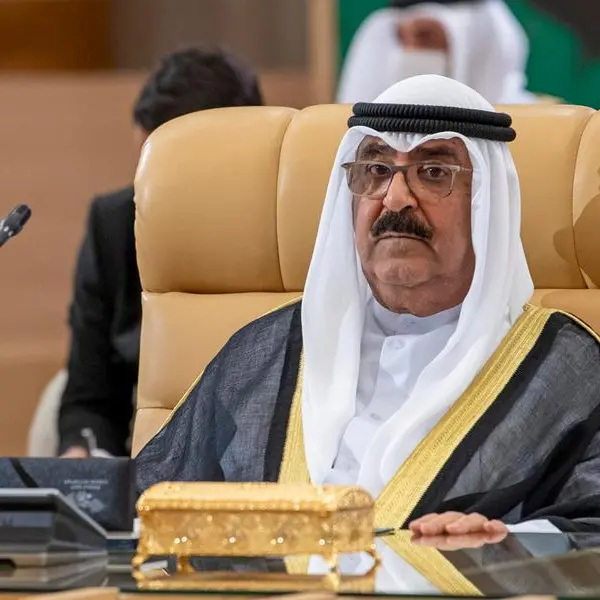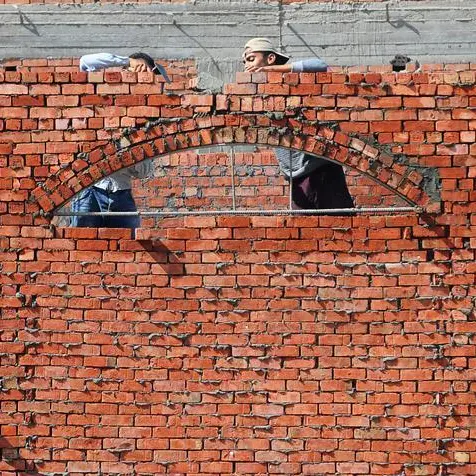PHOTO
(The authors are Reuters Breakingviews columnists. The opinions expressed are their own.)
SAN FRANCISCO/HONG KONG - The U.S.-China tech spat is a less costly fight than the trade war. The two nations will review their deal that reduced tariffs as the White House refocuses on purging Chinese technology. The latter is nothing to celebrate, but at least the economic implications are more limited than sweeping import levies.
Officials have hinted the deal will stay in place. On Saturday, U.S. and Chinese negotiators will assess the so-called Phase One pact reached in January, when Beijing agreed to boost U.S. imports by $200 billion over two years. The People’s Republic has fallen short of its commitment by more than half through the end of June, but White House economic adviser Larry Kudlow earlier signaled the pact will survive.
Investors have taken comfort, with markets in both countries rallying. During the tit-for-tat levies, business investment in the United States contracted for three straight quarters last year, while factory production dropped by 1.3% in 2019 - the worst year for American manufacturing since 2015. Companies from Walmart to Ford Motor were affected and passed higher costs on to customers.
It’s difficult to quantify the impact the duties had on Chinese firms, but they were already hurting amidst a wider economic cool-down. The export manufacturing sector makes up around a fifth of GDP and employs a lot of poor people. Beijing’s retaliation against U.S. agriculture has aggravated domestic food price inflation, which had already been pulled up by a swine epidemic that more than halved the national pig herd since 2018. Many foreign companies also began to hedge their exposure to China by relocating or duplicating key supply chains.
But instead of highlighting China’s failure to meet its import quotas, President Donald Trump has turned to tormenting ByteDance-owned TikTok and Tencent’s WeChat, and wants to “clean” global networks of Chinese hardware and apps. That’s a problem for Beijing’s ambition to become a global technology power. Even so, limiting the spat to one sector is still better than restarting a tariff battle affecting thousands of product lines and hundreds of billions of dollars in bilateral trade.
The first phase compromise left tariffs in place on both sides, and diplomatic relations are deteriorating. But as ugly as this new normal is, abandoning the trade truce would make it much worse.
CONTEXT NEWS
- U.S. and Chinese officials are scheduled to review the first six months of the so-called Phase One trade deal on Aug. 15. In January, China pledged to buy $200 billion in additional U.S. goods over two years. White House economic adviser Larry Kudlow said on Aug. 11 that the pact is “fine right now” and noted it’s the one area where the two countries are still engaged.
- Separately, President Donald Trump’s administration has imposed sanctions on Hong Kong Chief Executive Carrie Lam and other officials because of a new national security law that the White House says undermines the region’s autonomy. On Aug. 6, Trump issued executive orders to ban Chinese apps WeChat and TikTok, whose parent ByteDance is in talks to sell parts of the app to Microsoft, in 45 days.
(The authors are Reuters Breakingviews columnists. The opinions expressed are their own.)
(Editing by Robyn Mak and Jamie Lo) ((gina.chon@thomsonreuters.com, pete.sweeney@thomsonreuters.com; Reuters Messaging: gina.chon.thomsonreuters.com@reuters.net, pete.sweeney.thomsonreuters.com@reuters.net))
